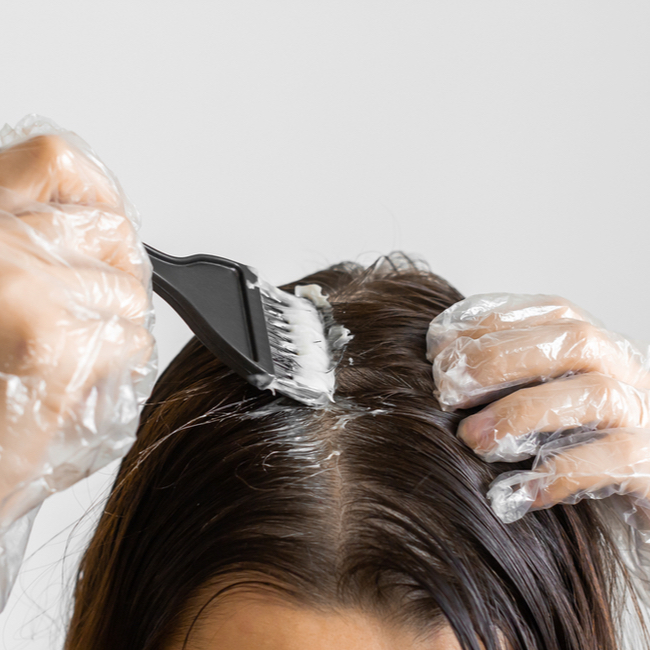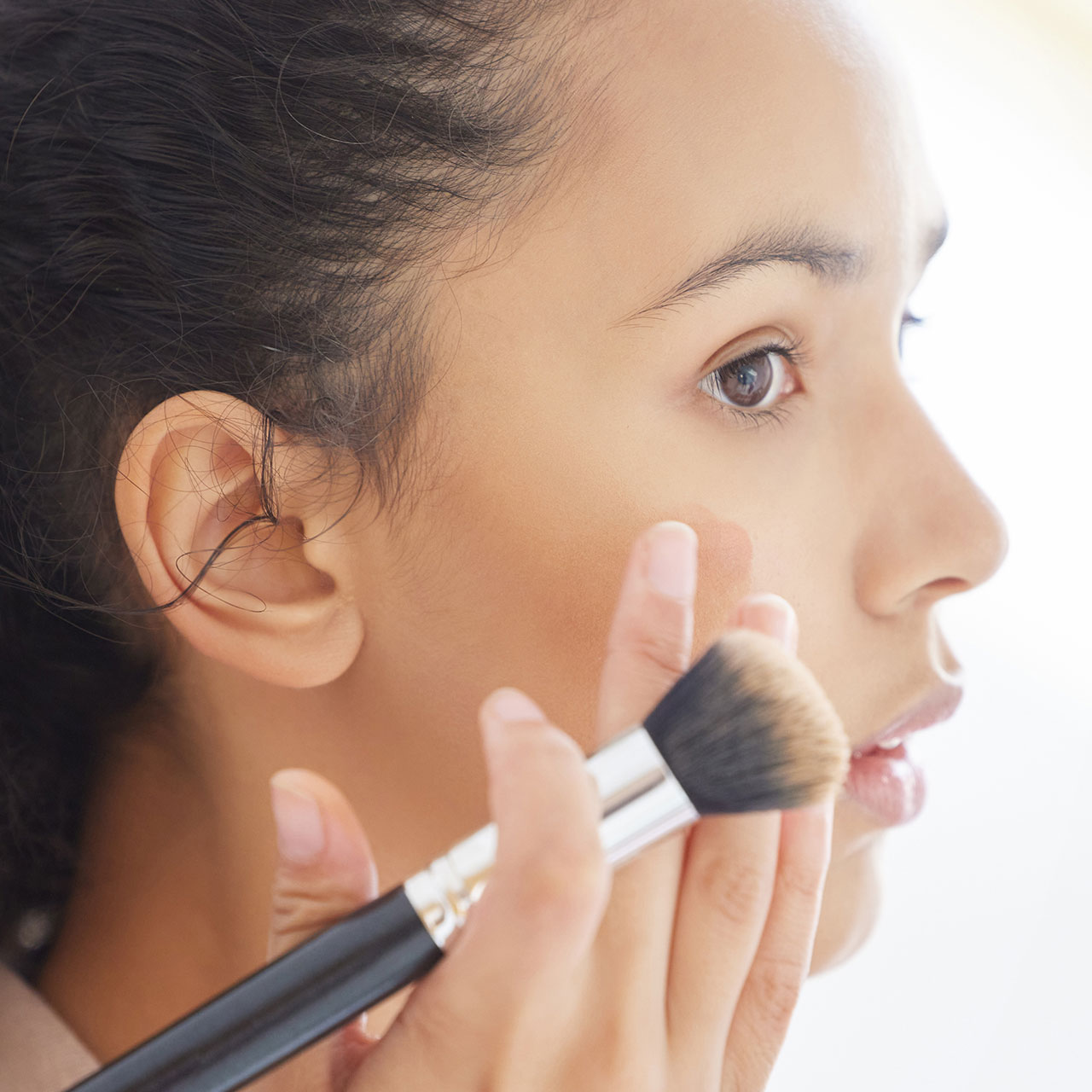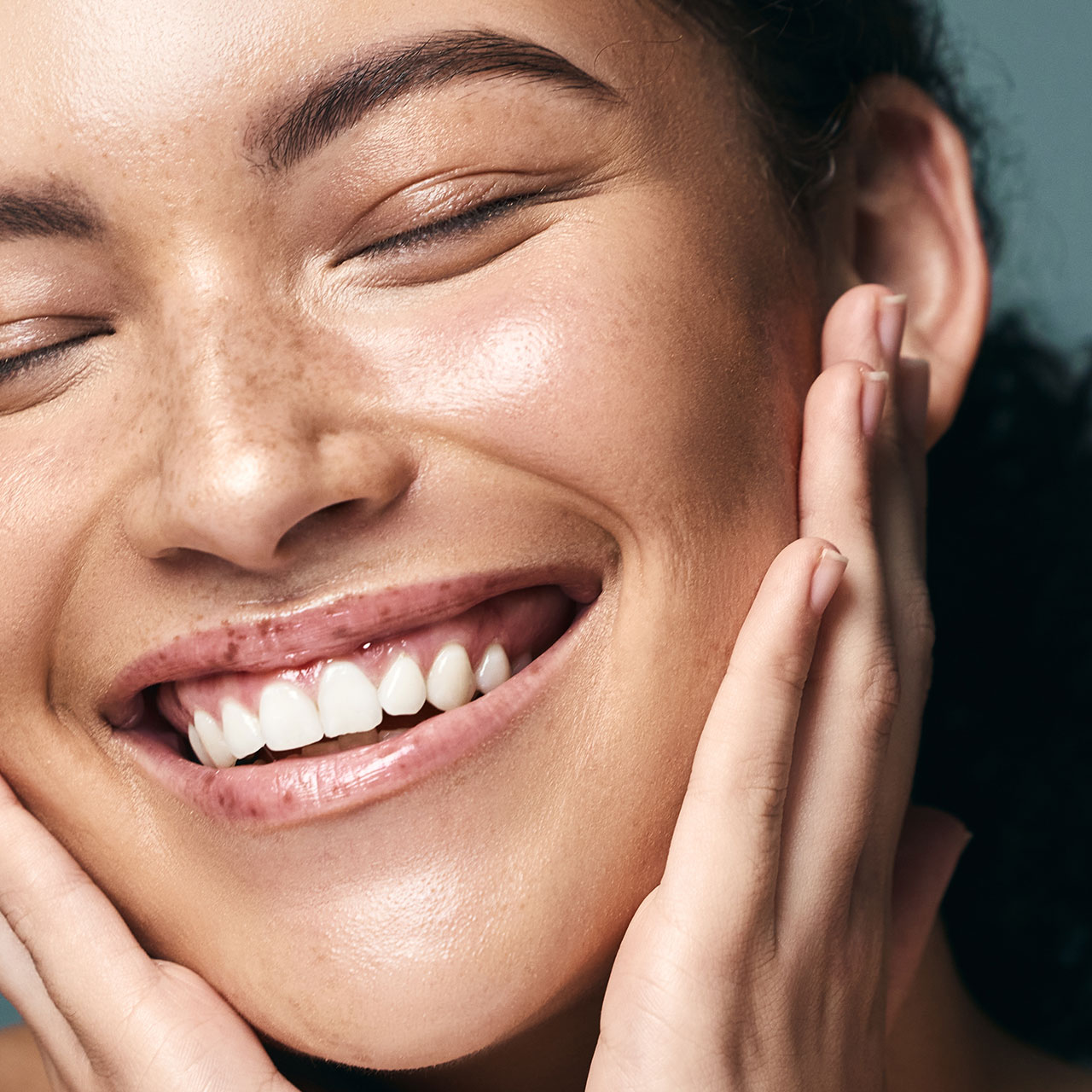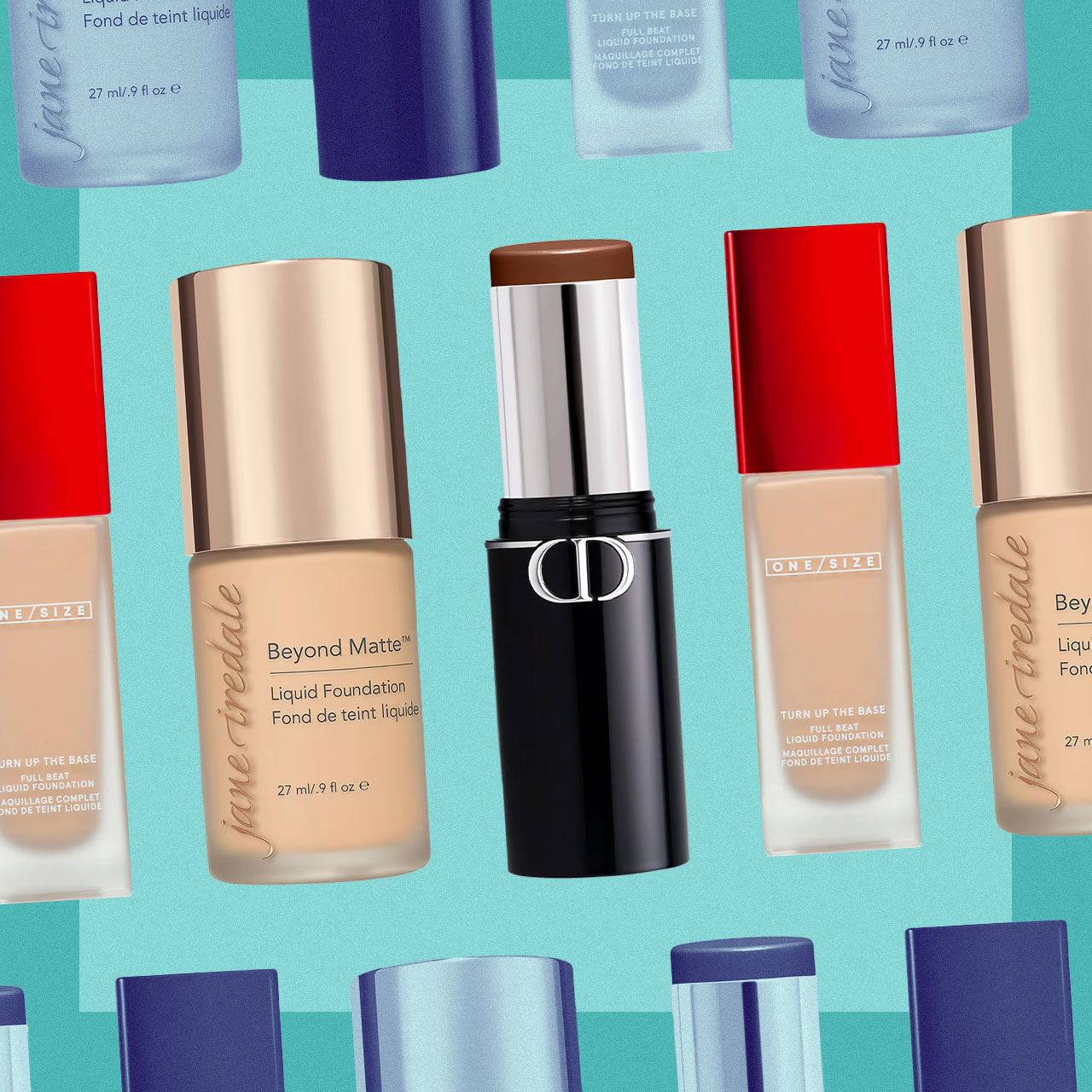Dyeing your hair is one of the best ways to show off your personal style and play with your look until you find a color that suits you. Naturally, heading to a salon will be the safest way to preserve the strength of your locks while going through color changes, but even so, the dyeing process may put your strands at risk of damage and breakage and there are certain aspects that are tied to the coloring process that could make fallout so much worse.
We spoke with cosmetologist and hair expert Ghanima Abdullah who gave us the complete rundown on how coloring your hair may be causing fallout, and what you should be doing instead to maintain the strength and longevity of your strands.

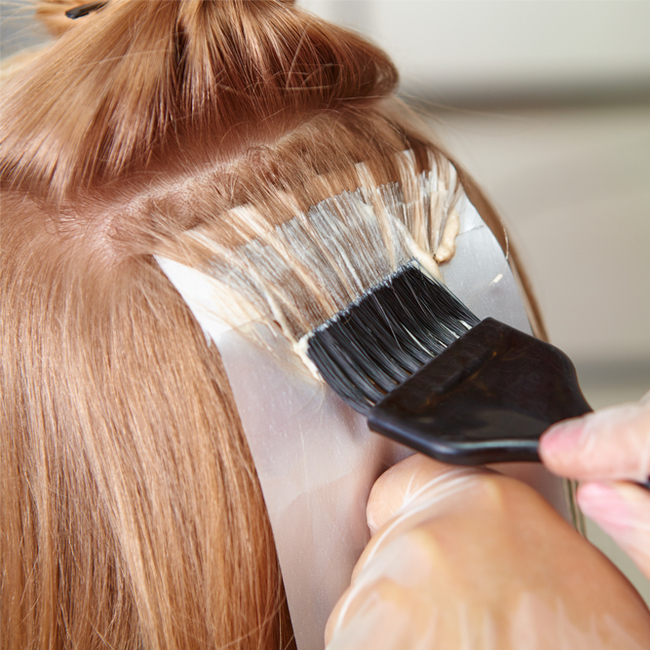
Mechanical manipulation hair fallout
Depending on what color hair you’re starting with, it can take more effort to get your strands to take on a new shade than if you have lighter hair. “When permanent hair dye is applied, the stylist must manipulate the hair in order to help the color penetrate. This can cause shedding of hair that was in the telogen phase and ready to fall out,” explains Abdullah. “It's normal for people to think this is hair breakage, but if you look closely, one end should have the white bulb that indicates the hair fell out from the root. Because hair dye isn't applied to the scalp, what falls out is due to mechanical manipulation.”
This fallout is more concerning than typical breakage as it means that your hair is not simply brittle, but weakened at the root, so if this is the case it may be worth skipping out on touching up your dye until you’ve strengthened your locks.
Hair breakage from weakness
Using hair dye frequently can also weaken your strands and in turn make them more prone to breakage as you’re altering the composition of your hair from the inside out. “Permanent hair dyes inherently weaken the hair because they cause internal changes to the protein structure. This can cause breakage,” notes Abdullah. “Hair that has been bleached typically suffers the most. Hair that is dyed every month can also suffer from weakness.”
Caring for your hair in between dyes can make all the difference, and using a specific formulation that adds moisture to color treated hair will improve the strength of your strands and leave them less likely to snap off. Skipping the heat styling on color treated hair will also help keep your locks firmly attached.
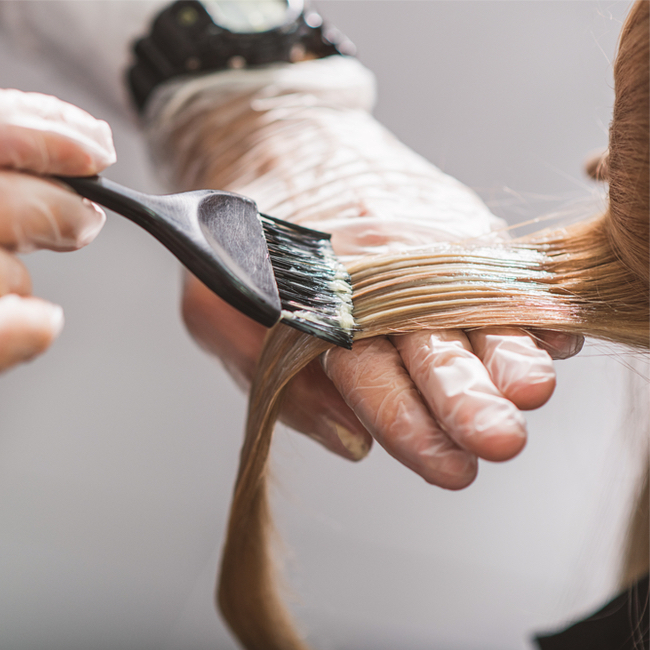
Hair breakage because of a raised cuticle
Circling back to the ways in which stylists manipulate your hair to allow the color to take, raised cuticles are another common factor that leads to breakage after dyeing your hair. “The hair cuticles are raised by ammonia, or ammonia-like substances, in hair dye. This is done so that the color ingredients can penetrate into the hair shaft,” explains Abdullah. “The problem with this is that the hair cuticles never close all the way afterwards, even when the dye is rinsed with cold water. So the hair becomes porous.”
Treatments to help seal the cuticle as well as hydrating hair care products will be useful in this situation, and Abdullah even recommends adding hair oil as an extra step to seal in moisture and prevent your strands from becoming brittle.
Allergic reaction to the hair dye
If you’re allergic to the dye your stylist is using, this could lead to itching on the scalp and an elevated risk of hair loss. “Hair colors contain harsh chemicals like ammonia, peroxide and PPD—any or all of which can cause an adverse reaction in the scalp,” warns Abdullah. “Although hair dyes are not applied to the scalp, the close proximity of them to your skin could cause a reaction like contact dermatitis.” Much like dermatitis on the face or body, having this condition develop on your scalp may lead to itching and swelling that could result in hair loss, so doing a patch test on any new dyes first will be essential for avoiding an adverse reaction to irritating ingredients.





